Try the dedicated, programmable smartwatch
mSafety is a dedicated smartwatch for worker safety applications that we program for you—so you can offer tailor-made services that address the needs of a specific industry or role.

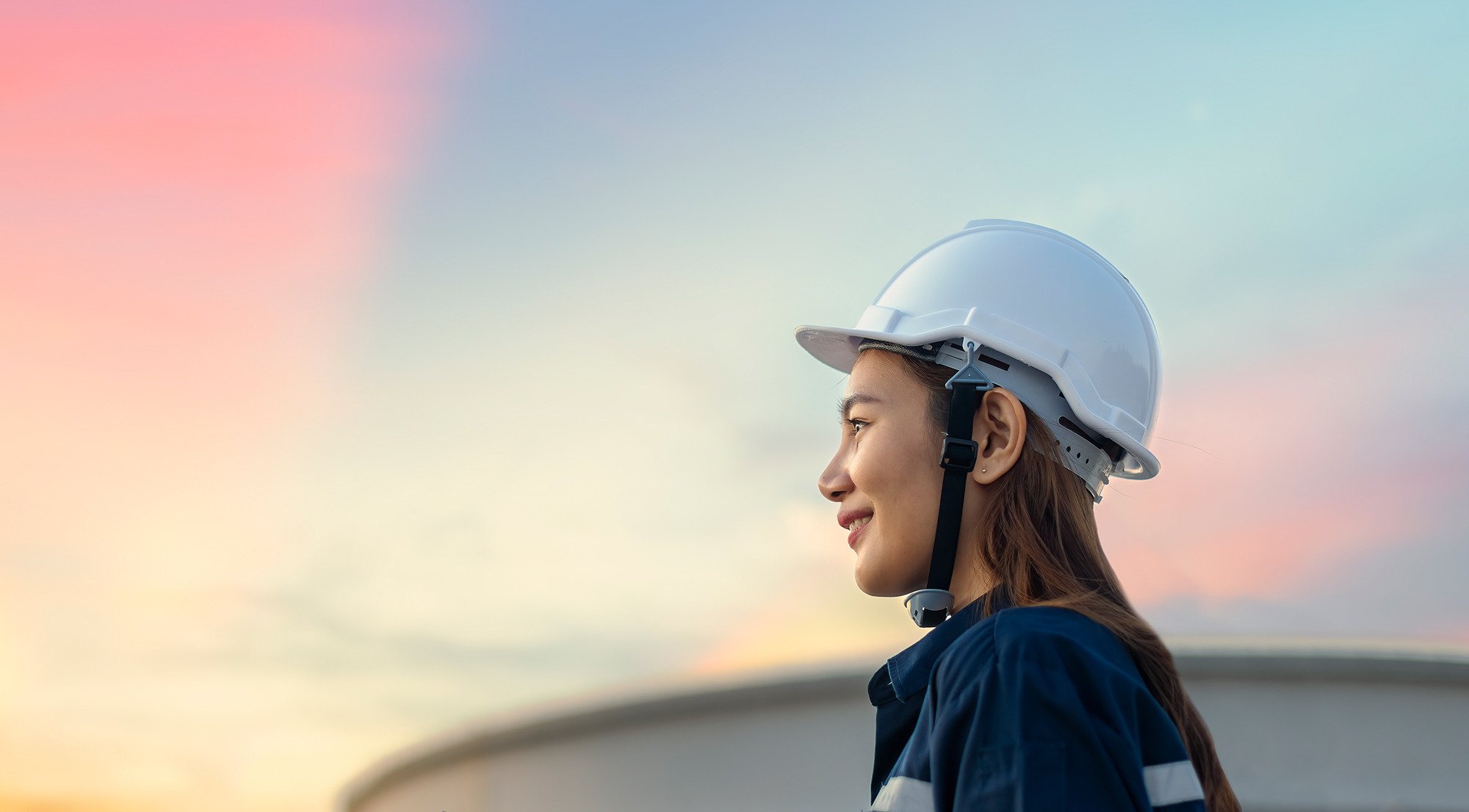
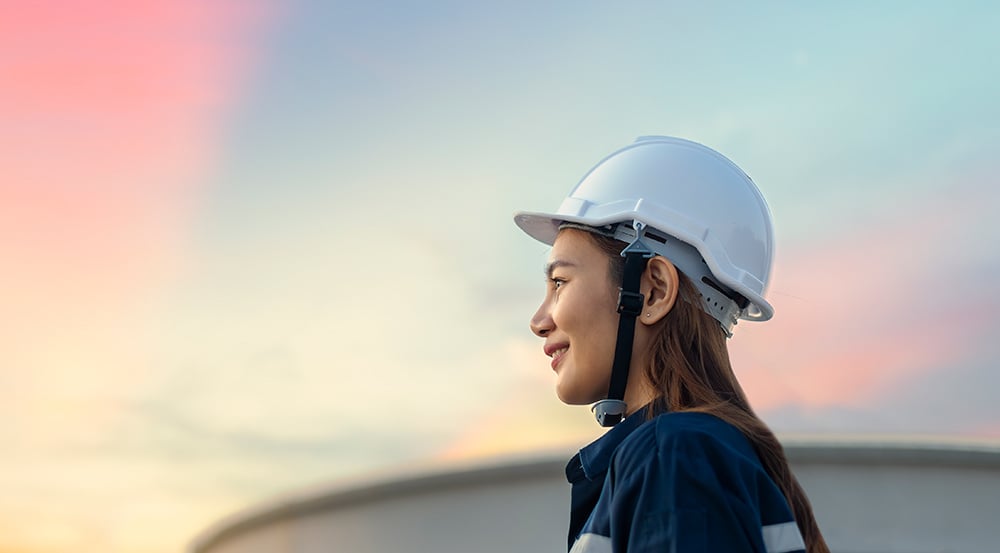
Need a superior device
for your lone worker
safety service?
mSafety is a dedicated smartwatch for worker safety applications that we program for you—so you can offer tailor-made services that address the needs of a specific industry or role.
mSafety is a dedicated smartwatch for worker safety applications that we program for you—so you can offer tailor-made services that address the needs of a specific industry or role.
We want to hear more about your current services. Let’s see if mSafety can take them to the next level.
mSafety is a complete service that supports the lone worker protection industry.
Sony provides and maintains a watch application that is tailored to your needs. All you need to do is backend integration of the application.
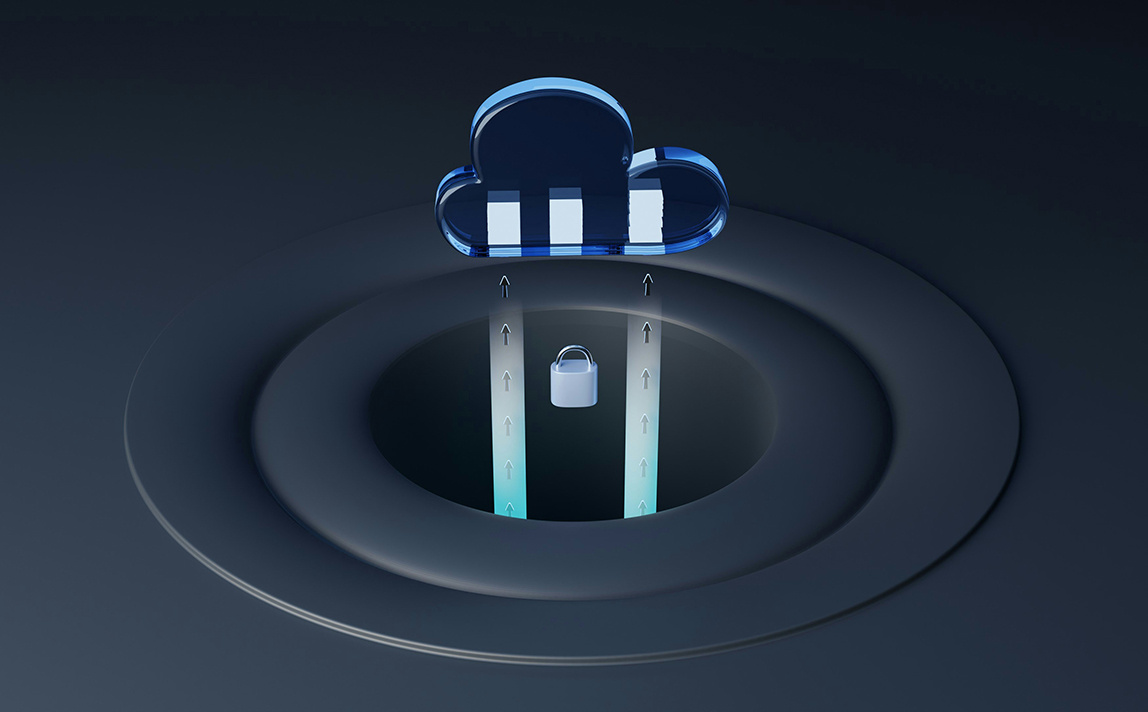
The affordable device plus an administrative fee for monthly active users covers the cost of the entire service.
(100 devices minimum initial order.)
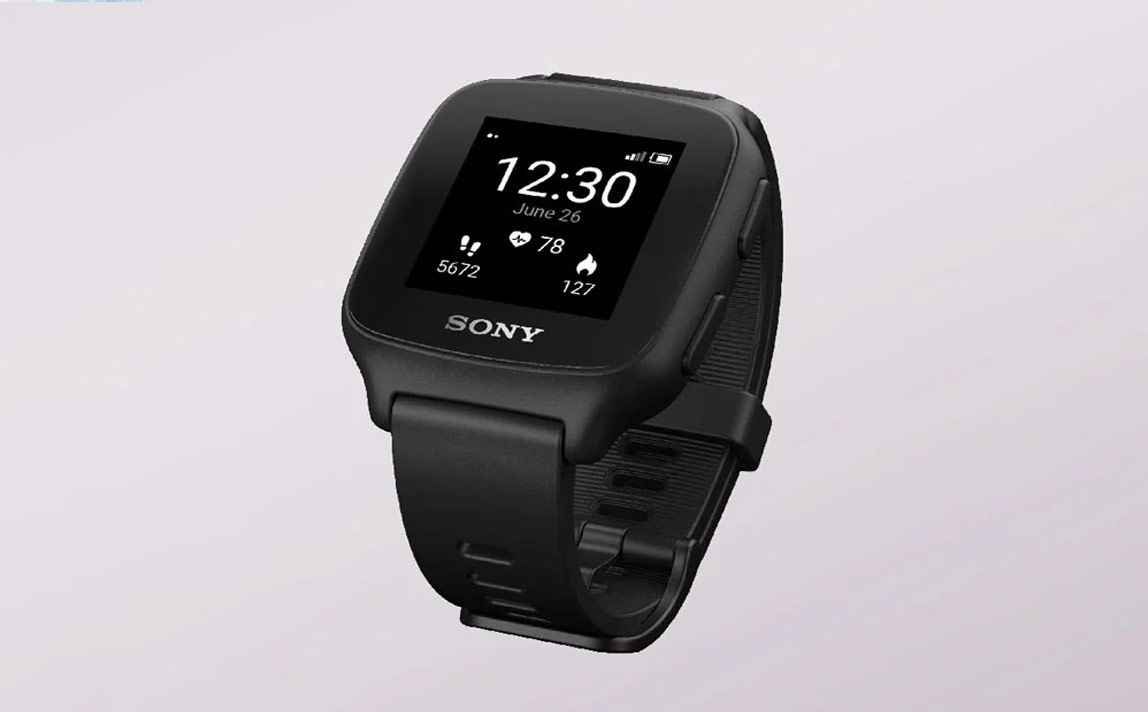
The mSafety smartwatch can be a communication hub that detects beacons, or relays data from external devices or sensors to your service.

Companies customize applications and offer unique safety monitoring services with mSafety. Find out how in our case studies.
Companies customize applications and offer unique safety monitoring services with mSafety. Find out how in our case studies.
– Fujifilm Digital Solutions Inc.
– 8 West Consulting
mSafety is designed for a variety of occupational protection services.
mSafety’s two-way communication and strong cellular technologies let lone workers carry out work anywhere and yet feel assured that help is never far away.

A service on mSafety delivers health data that can simplify safety management, send reminders to employees, and detect risks to minimize injury, illness, and fatigue.
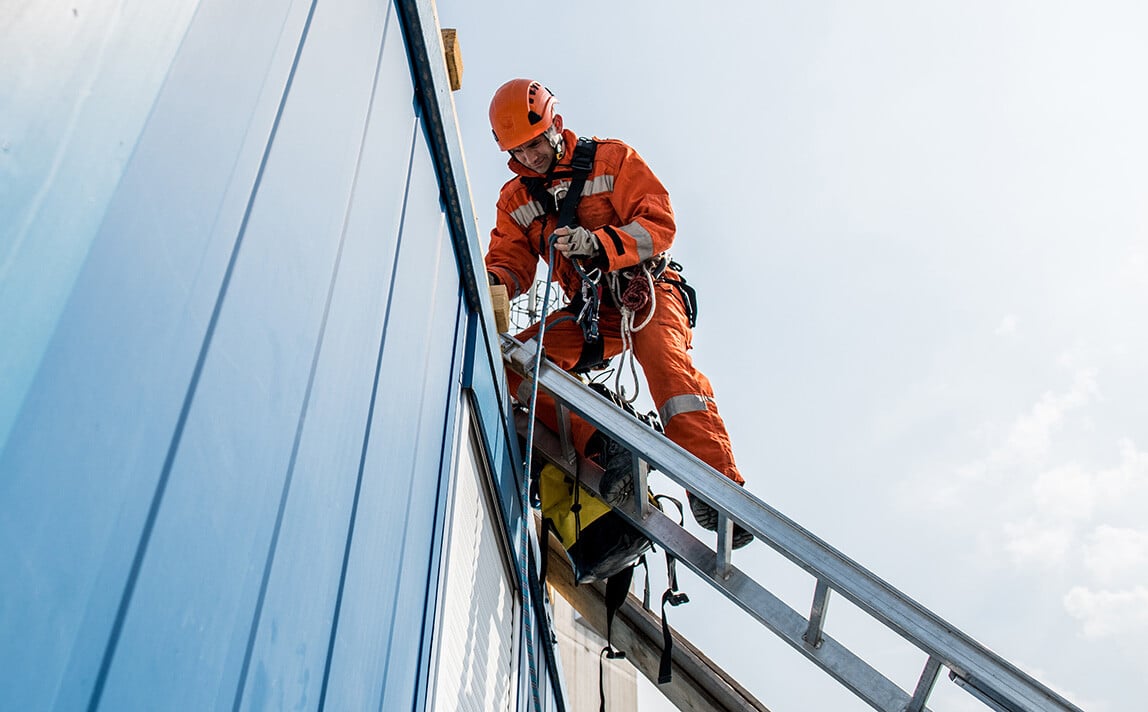
Precise positioning with mSafety enables smart alerts or protocol reminders in dangerous areas. And in an emergency, it can help you coordinate a response.
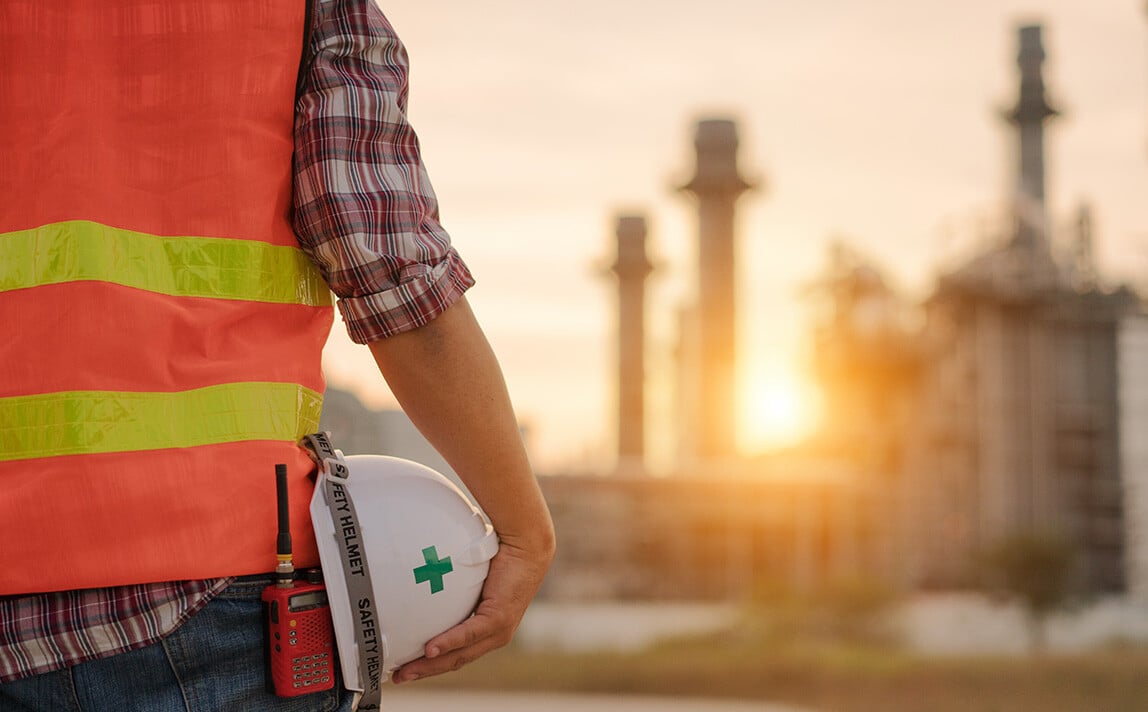
We aim to create the most simple, cost-effective, and customizable wearable for dedicated lone worker protection services, so that your service is always within arm’s reach.
We aim to create the most simple, cost-effective, and customizable wearable for dedicated lone worker protection services, so that your service is always within arm’s reach.
Tell us about your business and the services you want to offer with a remote monitoring device.
Copyright 2025 Sony Network Communications Europe.